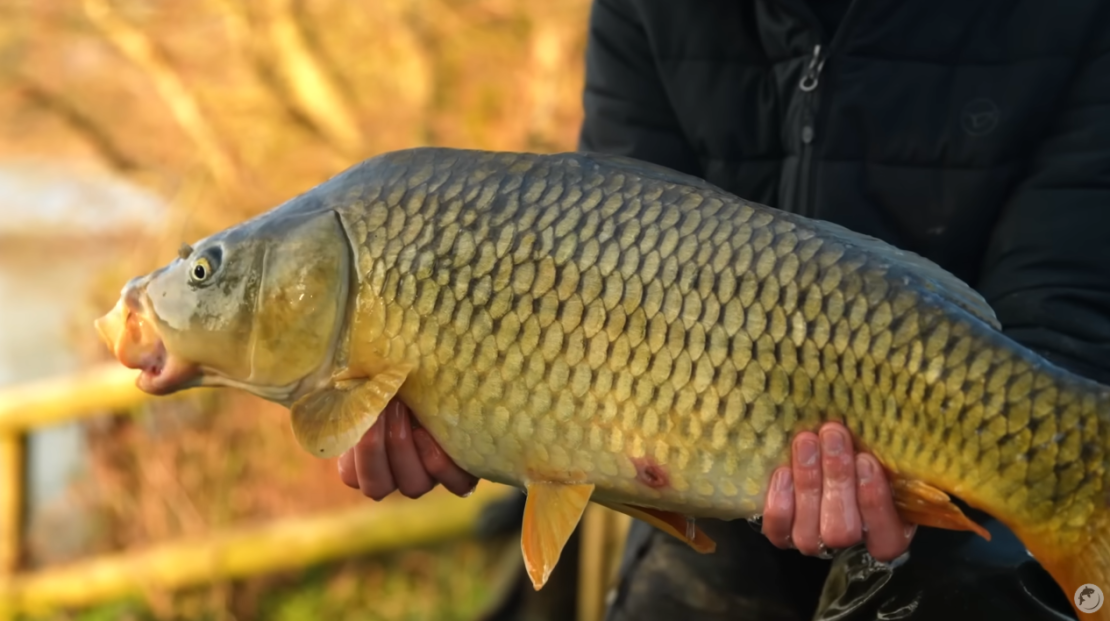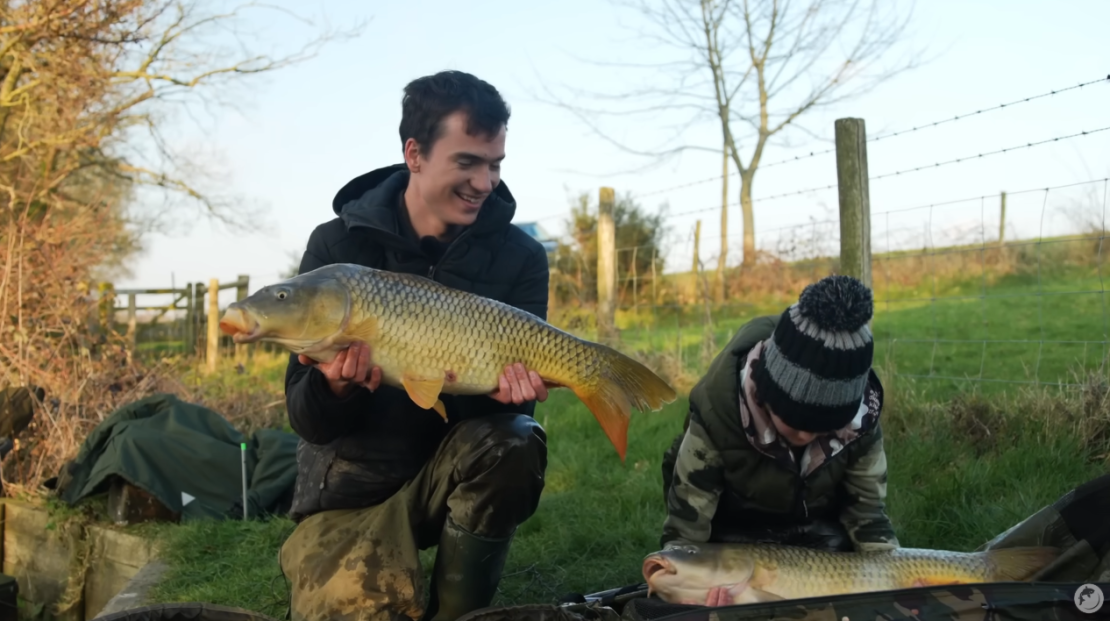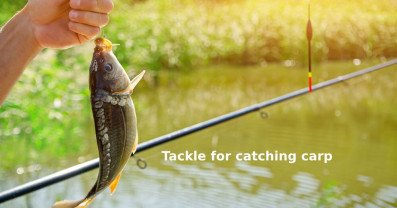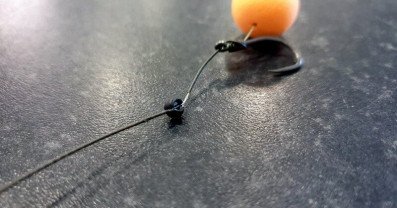Mastering Silt: Advanced Carp Fishing Techniques for Estate Lakes
Mastering Silt: Advanced Carp Fishing Techniques for Estate Lakes
Today's session finds us at a magnificent century-old estate lake, a venue reputed to hold some truly remarkable carp. I recently connected with a young angler named Ace via Instagram, who kindly invited me to fish his local water. The lake is breathtaking, a time-worn expanse where years of organic matter have created a layer of silt on the lakebed.

Understanding the Impact of Silt
Silt, a soft, often slimy deposit of organic matter, significantly influences carp behaviour and your approach to fishing. Its presence requires a modified approach to bait presentation, as conventional tactics can easily be compromised by the soft substrate. The session commenced with Ace displaying his skill, landing a couple of commons while I was still setting up. This early success highlighted the effectiveness of pre-baiting. While traditionally I would be cautious with bait quantities during early March, the abundance of fish here suggested a more liberal approach might be advantageous.
Locating Fish in Silty Environments
Upon arrival at any water, locating the fish is paramount. Avoid the temptation to cast out immediately upon reaching the first swim. Time spent observing the water is never wasted. Look for indicators of fish activity such as:
- Bubbles: As carp forage, they disturb the silt, releasing bubbles that rise to the surface.
- Murky Patches: Areas of disturbed silt often appear murkier than surrounding water.
A combination of pellet, crushed boilies, and sweetcorn formed my initial bait mix. While this mix can attract other species, I was confident that the carp would be prominent. With two fish on the bank for Ace, it was time for me to get involved.
Tactical Approaches to Baiting and Rig Selection
Following my initial cast, I quickly hooked my first carp of the session. After landing the fish, Ace also managed to hook into another large carp. These are some of the tactics that we used throughout the session:
- Locating the Fish: Where there are obvious signs of fish, a chod or helicopter rig is a good choice.
- Depth and Bottom Conditions: Use a rod with braid to feel the lakebed. The lack of stretch in braid allows you to discern if the lakebed is firm or soft. Dragging the lead back across the bottom will also reveal whether you are on gravel, stones, or soft silt.
Fishing in Heavy Silt
When the lead simply stops without making a 'thud' on the bottom, then you're probably fishing in silt. If you encounter this, you will need to adjust your rig accordingly.
- Thick, Gloopy Silt: A lead that plugs firmly into the bottom indicates heavy silt. A conventional rig in such conditions can result in a snagged hook.
The Helicopter Rig
The helicopter rig is particularly well-suited to fishing over soft, silty lakebeds. As it casts out, the rig can spin around the line, similar to a helicopter. It enables your hook bait to remain presented even when the lead has sunk into the silt.
- Rig Adjustments: Adjust the chod sleeve and no-trace bead up your line or leader to allow the rig to slide further up. This keeps it away from the lead, increasing the chances of a successful bite. A rig position just above the lead is good for lightly silty bottoms, whereas a rig that can slide further up the line is best in deep silt.
Evening and Night Fishing Strategies
As evening fell and Ace and his dad left for the day, I introduced further bait to keep the fish in the area. I positioned a chod rig in the margins, a location Ace had advised had produced fish in the past. The night was relatively quiet, but as the new day dawned, it wasn’t long before I was into a fish. This fish seemed different from the other smaller carp, and I had a feeling it was bigger.

The Importance of Hookbait Selection
My choice of hookbait during this session was the 'wafter'. These are neutrally buoyant baits that ‘waft’ slightly above the hook, making them highly effective over soft silt. When the fish are grubbing around in silt, wafters are easier to spot compared to popped up baits. Another technique that I used was to have the bait sitting just above the silt and the method of bait that worked for this was either a wafter or pop-up.
- Pop-Up Baits: In conjunction with a chod rig, pop ups work very well when you are targeting larger fish, particularly when you are feeding boilies.
Final Thoughts on Fishing in Silt
It is often recommended that anglers pop their lead out of the silt to improve presentation. Whilst this is valid some of the time, it’s important to note that you could be dragging your hook into leaves or other debris which could mask your hook point.
- Use PVA: If you are concerned about the hook point getting stuck, try using a small PVA mesh bag with pellets or crushed boilies, or using a small piece of PVA foam squeezed around your hook.
These methods ensure the rig settles on top of the silt, thereby avoiding the hook from becoming snagged and ensuring effective presentation. The helicopter and chod rigs proved their effectiveness throughout the session with bites coming consistently.
The session proved to be a success, demonstrating how the correct rig selection and bait can lead to catches even when faced with tricky conditions. Understanding and adapting to the nuances of silty bottoms opens up a world of carp fishing opportunities, transforming potential challenges into rewarding encounters with some very special fish.



